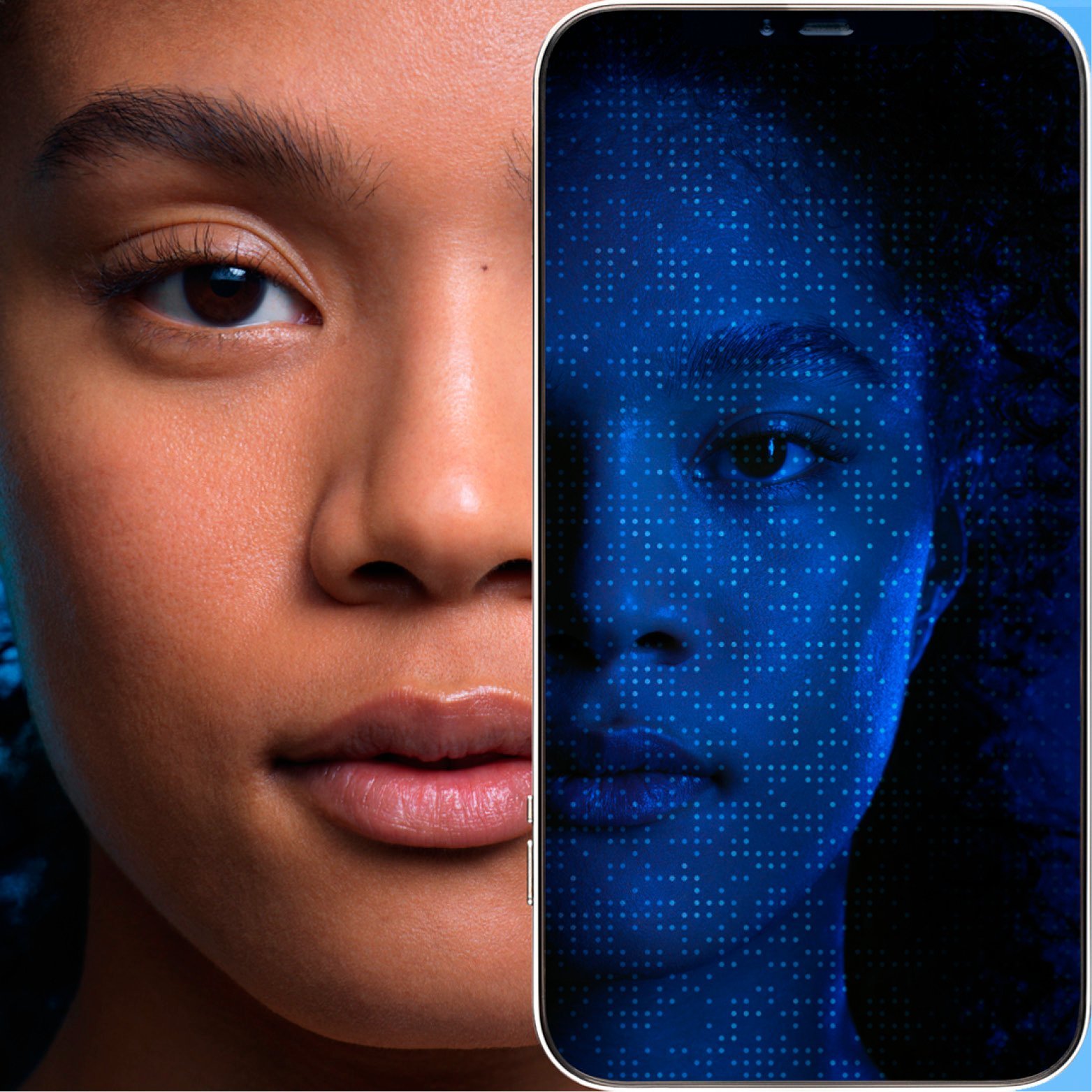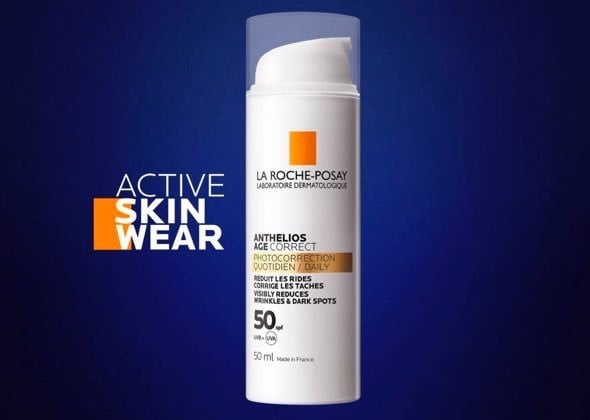SPOTSCAN+
Essayez notre outil de diagnostic pour les peaux à tendance acnéique

BEURRE DE KARITÉ
WHAT IS IT?
Le beurre de karité est une graisse écrue extraite des noix du karité (Vitellaria paradoxa) par pression mécanique à froid.
Ce processus d'extraction permet d'obtenir une fraction très élevée de beurre de karité riche en acides gras (tels que l'acide oléique, l'acide stéarique, l'acide linoléique, l'acide palmitique et l'acide arachidique).
S'ensuit l'étape de la purification.
Les fractions de beurre de karité utilisées par La Roche-Posay ne contiennent aucun résidu allergène (fraction de noix, etc.).
WHERE DOES IT
COME FROM?
Native to the dry savanna belt of West Africa, shea butter represents the central component
of a solidarity sourcing program established in Burkina Faso.
Since 2014, 100% of La Roche-Posay shea butter originates from this initiative.
This program also protects the environment through the preservation of shea trees.

SHEA BUTTER IS A
BIODEGRADABLE AND
RENEWABLE STAPLE.
WHAT IS IT
USED FOR?
Shea butter brings instant softness to the skin by:
- Providing a better protection to the skin barrier
- Soothing skin tightness
- Limiting skin irritation
WHY DO DERMS
RECOMMEND IT?
This natural product is widely recommended by dermatologists for its powerful moisturizing and soothing properties. WHY AND HOW DO
WE USE IT AT LA ROCHE-POSAY?
A long time ago, La Roche-Posay started to include shea butter in products intended for:
- Very-dry skin
- Atopic-prone skin
- Skin presenting a barrier deficiency
Hence, it provides an immediate skin barrier protection as well as an emollient and moisturizing effect.
Its non-fatty-acid fraction (10% approx.) is composed of bioactive substances that are responsible for its medicinal properties
- Soothes the skin (phytosterols)
- Limits water loss (karitene)
- Contributes to skin strengthening (tocopherols)
PRODUCTS WITH
SHEA BUTTER

NOUS SOMMES LA MARQUE DE
SOINS DE LA PEAU LA PLUS
RECOMMANDÉE PAR LES
DERMATOLOGUES DANS LE MONDE
(Ipsos, TNS) entre novembre 2018 et juillet 2019
chez des dermatologues dans 43 pays représentant plus de 80 % du PIB mondial.






